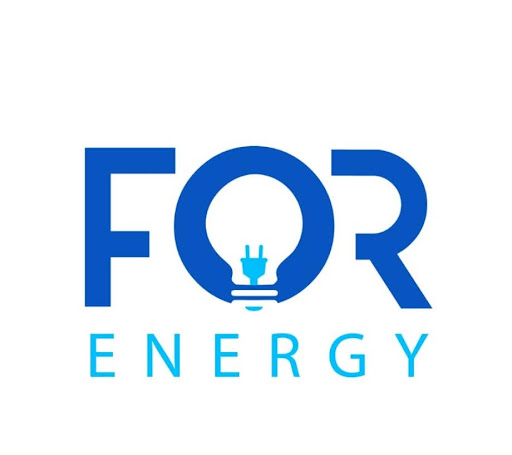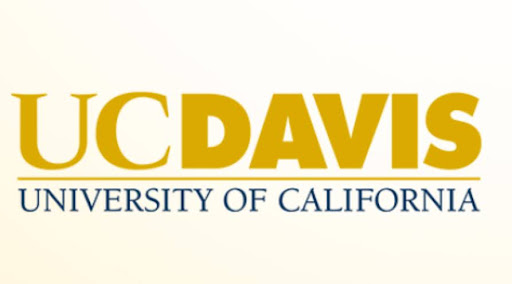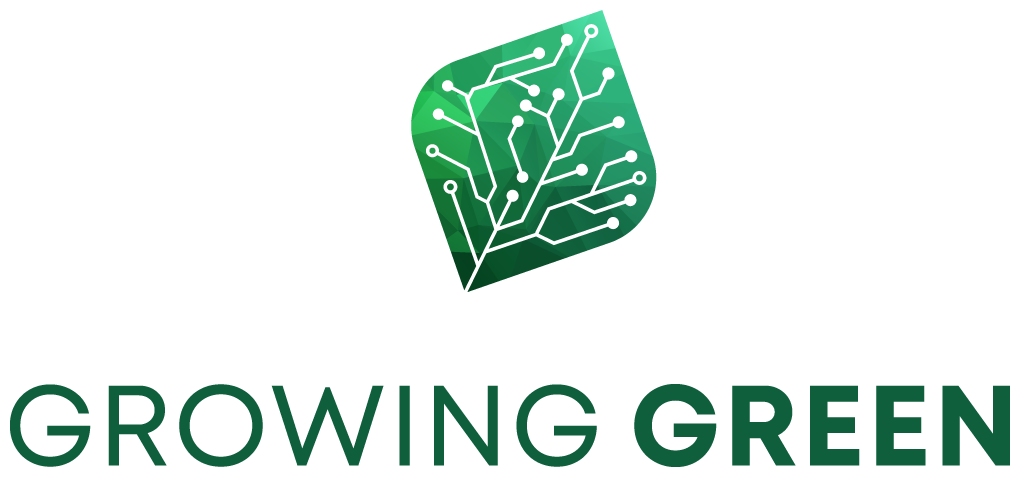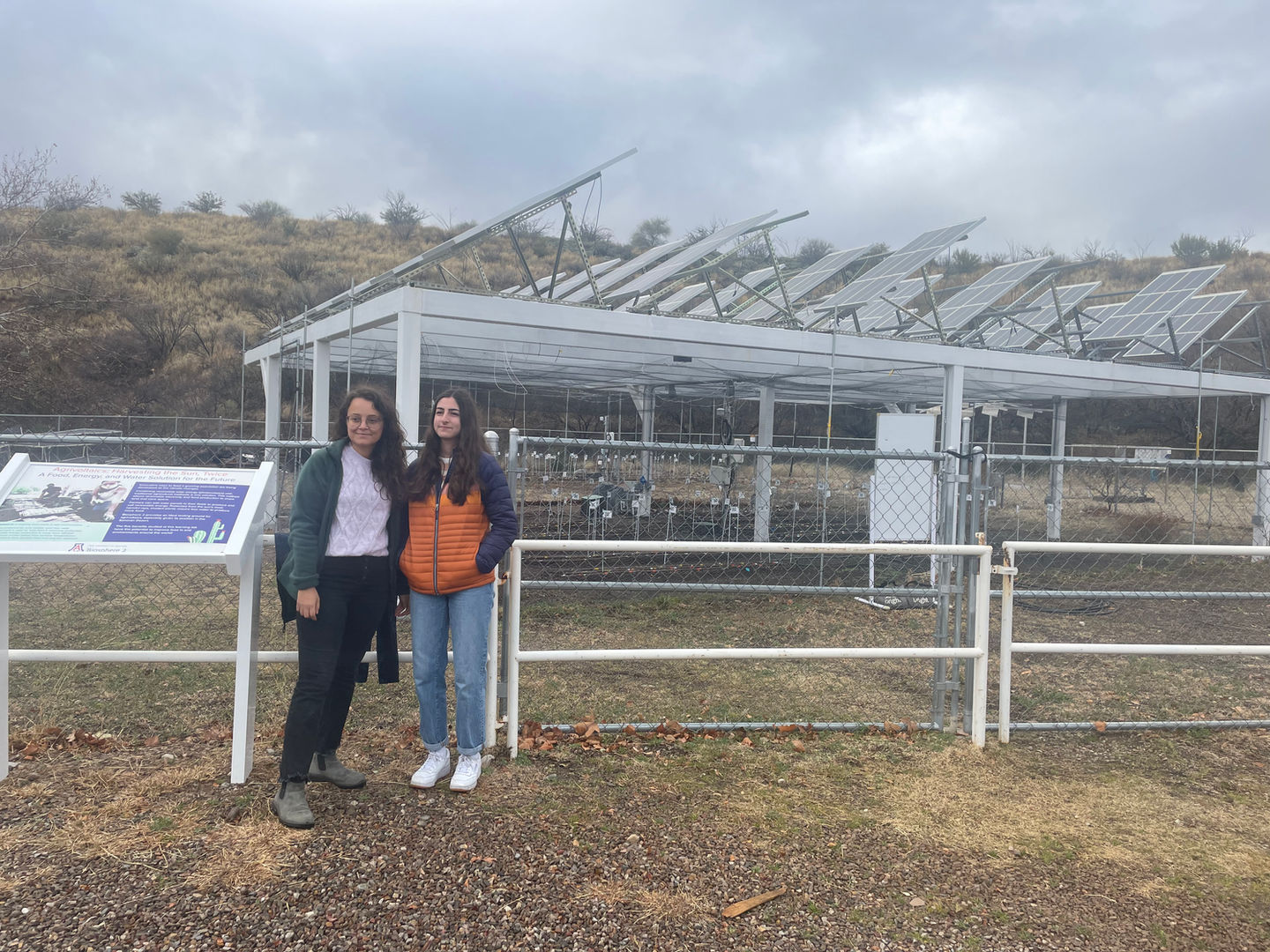
GROWING INTO SUSTAINABLE AGRICULTURE
ABOUT
GROWING GREEN
Growing Green is a 501(c)(3) non-profit organization that focuses on improving agriculture while decreasing our negative impact on the environment. Inspired by volunteering at community gardens and working with organizations such as Tiger Mountain Foundation, Sarah Bendok, as a freshman in high school, founded Growing Green in 2022 . “We saw that farmers put so much effort and hard work into improving their farms and growing food just to take home meager earnings as crop yields decrease with worsening environmental conditions.
OUR MISSION
Our goal is to promote technologies at the intersection of sustainability and agriculture to grow toward a greener future.
Research sustainable technologies relating to agriculture
Implement these technologies in farms
Promote the use of these innovations
Educate the community on the importance of sustainable agriculture and related technologies
Raise money to fund projects and support other organizations that work towards improving agriculture and local communities
OUR GOALS
COLLABORATING WITH

PROJECTS
2022-2023
We are developing an agrivoltaics project to benefit Tiger Mountain Foundation and Spaces of Opportunity in South Phoenix. Under the mentorship of the University of Arizona Professor Greg Barron-Gafford and his team, AgriSolar ClearingHouse, and Fundusol, we will create an agrivoltaic system that will increase crop yield, decrease water consumption, and allow Spaces of Opportunity to run on a renewable source: solar panels.

PROJECTS
2022-2023
We are developing an agrivoltaics project to benefit Tiger Mountain Foundation and Spaces of Opportunity in South Phoenix. Under the mentorship of the University of Arizona Professor Greg Barron-Gafford and his team, AgriSolar ClearingHouse, and Fundusol, we will create an agrivoltaic system that will increase crop yield, decrease water consumption, and allow Spaces of Opportunity to run on a renewable source: solar panels.

AGRIVOLTAICS
Agrivoltaics is the process of putting solar panels over plants at a height that the farmers and machinery could still work under. Agrivoltaics has been proven to increase crop yield, improve working conditions, enhance soil quality, and decrease water consumption, especially in the hot sun of Arizona. The shade provided by the solar panel cools the air underneath to create a better environment for the plant below it. At the same time, the plant’s evapotranspiration increases air moisture, which also reduces the air temperature, cooling the solar panels and increasing their efficiency. The result is a microclimate effect.

PROJECTS
2022-2023
We are developing an agrivoltaics project to benefit Tiger Mountain Foundation and Spaces of Opportunity in South Phoenix. Under the mentorship of the University of Arizona Professor Greg Barron-Gafford and his team, AgriSolarn ClearingHouse, and Fundusol, we will create an agrivoltaic system that will increase crop yield, decrease water consumption, and allow Spaces of Opportunity to run on a renewable source: solar panels.

PROJECTS
2022-2023
We are developing an agrivoltaics project to benefit Tiger Mountain Foundation and Spaces of Opportunity in South Phoenix. Under the mentorship of the University of Arizona Professor Greg Barron-Gafford and his team, AgriSolarn ClearingHouse, and Fundusol, we will create an agrivoltaic system that will increase crop yield, decrease water consumption, and allow Spaces of Opportunity to run on a renewable source: solar panels.

OUR IMPACT
17
schools reached
3500+
students impacted
70+
community workshops
6000+
pounds of food harvested and donated
30,000
raised
300
tons of carbon emissions saved

PROJECTS
We have executed several agrivoltaics projects in the middle of Phoenix’s food deserts to promote and provide healthy food choices to individuals, food banks, farmers markets and school cafeterias. These projects will not only help the local community but will also set an example for commercial, family, and community farms around the country to adopt Agrivoltaics. We are also promoting agrivoltaics to be adopted in schools across Arizona while developing curriculum resources with our partners.
PROJECTS

AGRIVOLTAICS
SOLAR PANELS
Agrivoltaics is the process of putting solar panels over plants at a height that the farmers and machinery could still work under. Agrivoltaics has been proven to increase crop yield, improve working conditions, enhance soil quality, and decrease water consumption, especially in the hot sun of Arizona. The shade provided by the solar panel cools the air underneath to create a better environment for the plant below it. At the same time, the plant’s evapotranspiration increases air moisture, which also reduces the air temperature, cooling the solar panels and increasing their efficiency. The result is a microclimate effect.
AGRIVOLTAICS

PROJECTS
We have executed several agrivoltaics projects in the middle of Phoenix’s food deserts to promote and provide healthy food choices to individuals, food banks, farmers markets and school cafeterias. These projects will not only help the local community but will also set an example for commercial, family, and community farms around the country to adopt Agrivoltaics. We are also promoting agrivoltaics to be adopted in schools across Arizona while developing curriculum resources with our partners.

AGRIVOLTAICS
Agrivoltaics is the process of putting solar panels over plants at a height that the farmers and machinery could still work under. Agrivoltaics has been proven to increase crop yield, improve working conditions, enhance soil quality, and decrease water consumption, especially in the hot sun of Arizona. The shade provided by the solar panel cools the air underneath to create a better environment for the plant below it. At the same time, the plant’s evapotranspiration increases air moisture, which also reduces the air temperature, cooling the solar panels and increasing their efficiency. The result is a microclimate effect.
ADDITIONAL COLLABORATORS
United States Department of Agriculture

Environmental Protection Agency

FOR Energy

The Orchard Community Learning Center

Roosevelt School District

Farm To Power

Cultivate PHX

Girl Scouts of America

UC Davis

Desert Botanical Garden

SRP

City of Phoenix





























